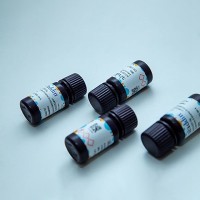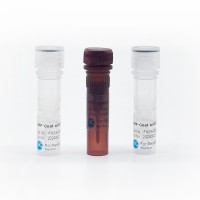Fluorescent Labeling of Surface or Intracellular Antigens in Whole-Mounts
互联网
互联网
相关产品推荐

PE Antibody Labeling Kits(PE抗体标记试剂盒),阿拉丁
¥1699.90

5043-1245安捷伦Flex Bench Shelf assy 3 valve mounts Agilent
¥5129.07

TACSTD2/TACSTD2蛋白Recombinant Human Tumor-associated calcium signal transducer 2 (TACSTD2)重组蛋白Cell surface glycoprotein Trop-2 (Membrane component chromosome 1 surface marker 1) (Pancreatic carcinoma marker protein GA733-1)蛋白
¥1368

Goat Anti-Human Whole Serum
¥1500

Recombinant-Surface-presentation-of-antigens-protein-SpaQspaQSurface presentation of antigens protein SpaQ Alternative name(s): Protein spa9
¥9548

